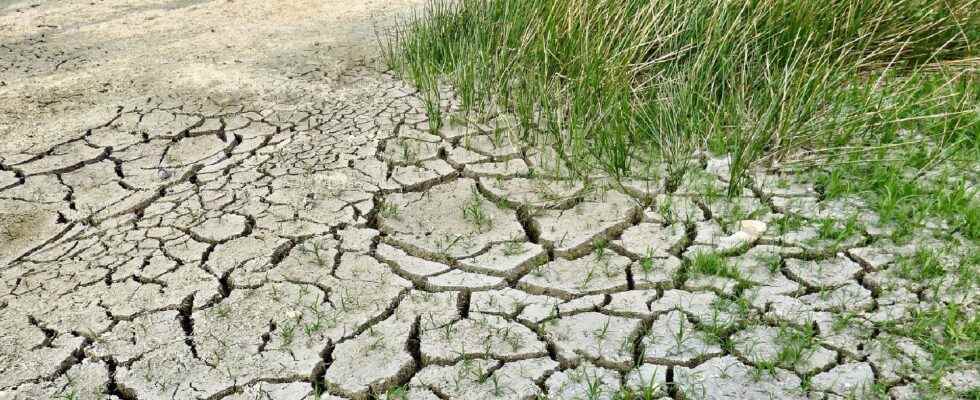France is experiencing a historic episode of drought. In France and around the world, this is the result of a global trend caused by climate change: extreme weather phenomena are increasing and, among them, droughts.
August kicks off with a fourth scorching heat wave. The year 2022 enters the history of the worst summers, with a drought described as historic. This episode does not represent an isolated sequence. Due to climate change, the frequency of droughts is set to increase.
This trend concerns France, just like the rest of the world. Some regions are particularly exposed to it – Pakistan recently experienced a long-lasting crisis, due to extreme drought (62% less rainfall in 2022 compared to normal).
Although climate change is often associated with global warming, there are other effects than the increase in mercury itself. Drought — a general lack of water over time — is one of them.
More frequent and severe droughts
” With climate change, droughts will be more and more recurrent. With rising temperatures, evaporation will increase, increasing the intensity and duration of droughts. The effects are already visible, especially in the Mediterranean “explains the website of the Ministry of Ecology.
Météo France also devotes an entire page to it. ” Climate change, due to increased evaporation linked to rising temperatures, increases the intensity and duration of soil droughts », Explains the weather watchdog.
Coordinated by Météo France, the ClimSec research project has developed 3 scenarios for the evolution of drought in France in the 21st century:
” In general, the results of these simulations highlight a continuous increase in average annual soil droughts in metropolitan France during the 21st century. “, describes Meteo France. ” At the end of the century, the projections made from the three scenarios generally agree on an average annual level of soil humidity corresponding to the extremely dry level of the reference period 1961-1990. »
The projections are not just a matter of maps: there are human issues behind them. The latest report “Drought in figures” of the United Nations notes that the number and duration of this type of episodes has increased by 29% since 2000. And, the UN notes that in the future, if nothing changes , drought could displace 700 million people by 2030, then by 2040 one in four children could live in an area with extreme water scarcity.
The link between the climate crisis and increasing drought is no longer in doubt. The 6th report of the IPCC – the latest to date – also mentions the impact of climate change on an increase in droughts, while recalling that it is more generally a crisis of water cycles. Because it is indeed a global disruption of the climate: in addition to droughts, the effects are also more regular floods due to abnormal precipitation.
This crisis is that of extreme meteorological phenomena, more frequent, more ample. The faster the causes – the emissions emitted by human activities – are diminished, the less humanity and the ecosystems will suffer from these effects.

